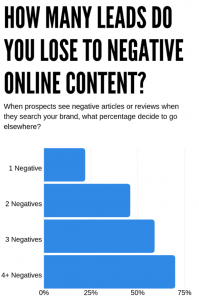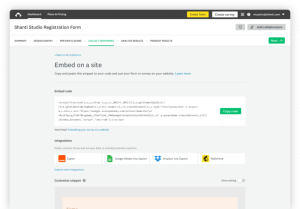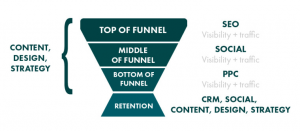Without an objective understanding of your customers’ behavior patterns and drives, it is close to impossible to create offerings that add value and resonate with their needs. This is where User Research comes in. It lays the user at the center of the experience and helps in creating offerings that align with their requirements. User research incorporates a wide range of qualitative, quantitative, behavioral and attitudinal methods that are used to gain holistic user insights. While it is difficult to pin-point the best methods as such, brands need to carefully assess and analyze the insights that can be derived from each of the methods and narrow down on the ones that can highlight specific user attributes and behavior patterns.
However, most organizations rush through the course as it seems like an exhaustive & time-consuming process. But the implications of not imbibing user research as part of your product lifecycle are far too many. There’s no one-size-fits-all that works in the hyper-personalized era that we are part of today. A healthy combination of quantitative, qualitative, attitudinal & behavioral methods can help enterprises to infuse user insights into the product lifecycle & design process. Here’s a brief overview of these methods.
Quantitative Research
Research that can be measured numerically and used to understand the ‘what’ behind the user behavior can be categorized as quantitative research. For instance – ‘What is the percentage of users’ clicking a particular app feature?’ This technique assesses large samples of user data to identify key trends and patterns with various sampling techniques including online surveys, polls, questionnaires, etc.
Qualitative Research
This method unfolds the ‘why’ behind certain user behavior and assimilates non-numerical data to interpret behavior patterns concerning specific user groups. Research types under this category include one-on-one interviews, field studies, usability testing, and customer calls.
For a comprehensive understanding of users, it’s important to use a combination of both methods as one cannot be substituted for the other. Enlisted in this infographic are the various user research types that brands need to consider to scale their performance & customer connect.
![User Research Methods and Its Relevance for Enterprises [Infographic] User Research Methods and Its Relevance for Enterprises [Infographic]](https://www.onlinesalesguidetip.com/wp-content/uploads/2020/04/User-Research-Methods-Its-Relevance-for-Enterprises-Infographic-scaled.jpg)
Digital & Social Articles on Business 2 Community
(33)
Report Post







